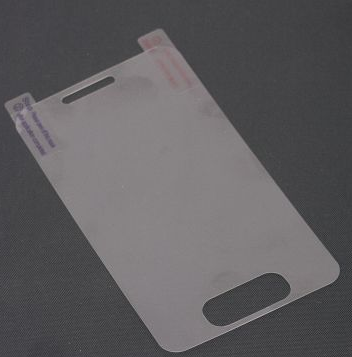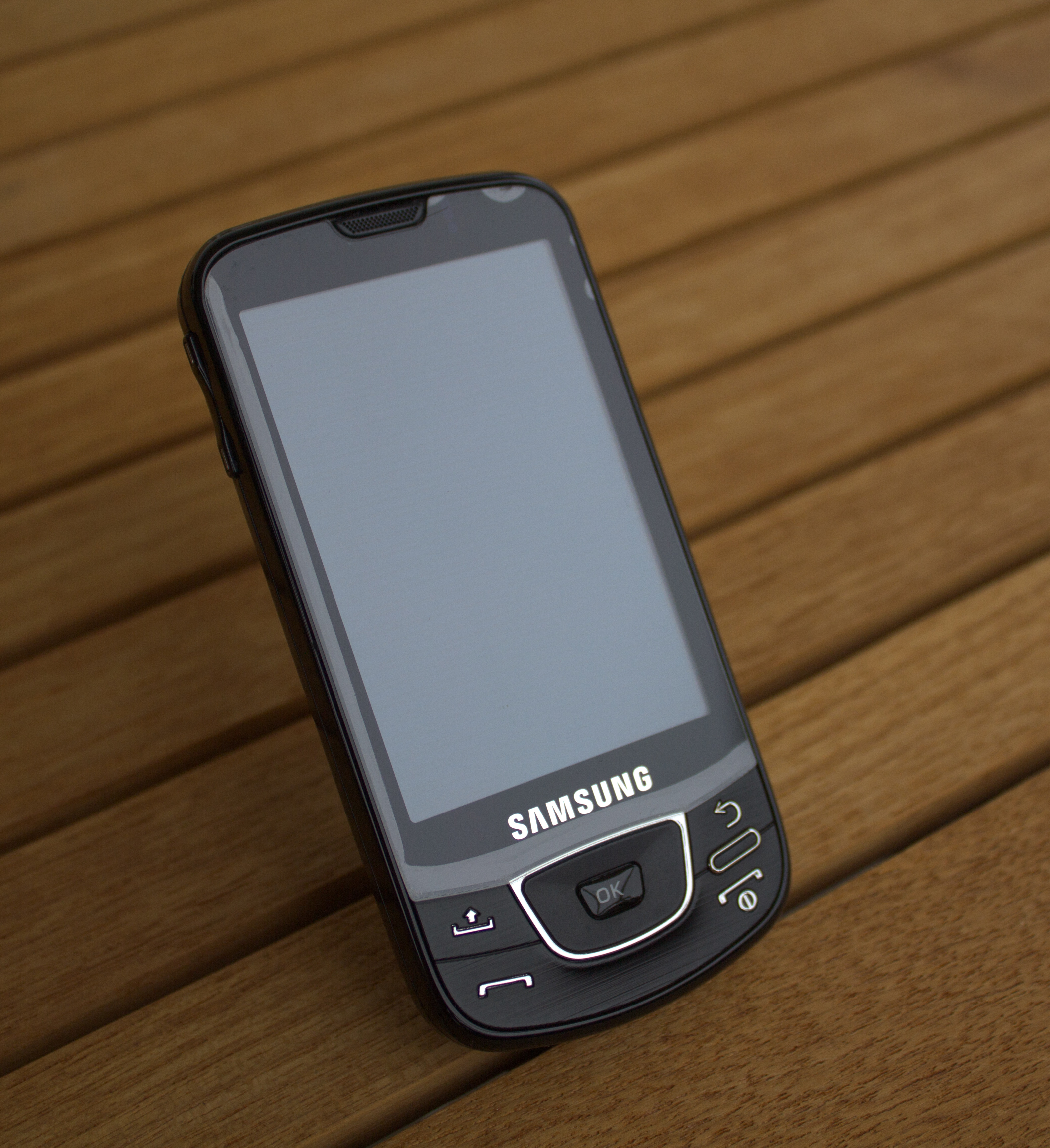Screen protector on:
[Wikipedia]
[Google]
[Amazon]

 A screen protector is an additional sheet of material—commonly
A screen protector is an additional sheet of material—commonly

 A screen protector is an additional sheet of material—commonly
A screen protector is an additional sheet of material—commonly polyurethane
Polyurethane (; often abbreviated PUR and PU) refers to a class of polymers composed of organic chemistry, organic units joined by carbamate (urethane) links. In contrast to other common polymers such as polyethylene and polystyrene, polyurethan ...
or laminated glass—that can be attached to the screen of an electronic device and protect it against physical damage.
History
The first screen protector was designed and patented by Herbert Schlegel in 1968 for use on television screens. Screen protectors first entered the mobile-device market after the rise ofpersonal digital assistant
A personal digital assistant (PDA), also known as a handheld PC, is a variety mobile device which functions as a personal information manager. PDAs have been mostly displaced by the widespread adoption of highly capable smartphones, in partic ...
s (PDAs). Since PDAs were often operated via a stylus
A stylus (plural styli or styluses) is a writing utensil or a small tool for some other form of marking or shaping, for example, in pottery. It can also be a computer accessory that is used to assist in navigating or providing more precision w ...
, the tip of the stylus could scratch the sensitive LCD screen surface. Therefore, screen protectors provided sacrificial protection from this damage. Since then, the ubiquity of mobile-devices have seen the screen protector become more widely used.
Materials
Screen protectors are made of either plastics, such aspolyethylene terephthalate
Polyethylene terephthalate (or poly(ethylene terephthalate), PET, PETE, or the obsolete PETP or PET-P), is the most common thermoplastic polymer resin of the polyester family and is used in fibres for clothing, containers for liquids and foods ...
(PET) or thermoplastic polyurethane
Thermoplastic polyurethane (TPU) is any of a class of polyurethane plastics with many properties, including elasticity, transparency, and resistance to oil, grease, and abrasion. Technically, they are thermoplastic elastomers consisting of linea ...
(TPU), or of laminated tempered glass
Tempered or toughened glass is a type of safety glass processed by controlled thermal or chemical treatments to increase its strength compared with normal glass. Tempering puts the outer surfaces into compression and the interior into tension. ...
, similar to the device’s original screen they are meant to protect. Plastic screen protectors cost less than glass and are thinner (around thick, compared to for glass) and more flexible. At the same price, glass will resist scratches better than plastic, and feel more like the device's screen, though higher priced plastic protectors may be better than the cheapest tempered glass models, since glass will shatter or crack with sufficient impact force.
;Surface
Screen protectors' surface can be glossy or matte. Glossy protectors retain the display's original clarity, while a matte ("anti-glare") surface facilitates readability in bright environments and mitigates stains such as finger prints.
Disadvantages
Screen protectors have been known to interfere with the operation of sometouchscreen
A touchscreen or touch screen is the assembly of both an input ('touch panel') and output ('display') device. The touch panel is normally layered on the top of an electronic visual display of an information processing system. The display is often ...
s.
Also, an existing oleophobic Lipophobicity, also sometimes called lipophobia (from the Greek λιποφοβία from λίπος ''lipos'' "fat" and φόβος ''phobos'' "fear"), is a chemical property of chemical compounds which means "fat rejection", literally "fear of fat". ...
coating of a touchscreen will be covered, although some tempered glass screen protectors come with their own oleophobic coating.
On some devices, the thickness of screen protectors can affect the look and feel of the device.
See also
*Smartphone
A smartphone is a portable computer device that combines mobile telephone and computing functions into one unit. They are distinguished from feature phones by their stronger hardware capabilities and extensive mobile operating systems, whic ...
*
References
Display technology {{Tech-stub